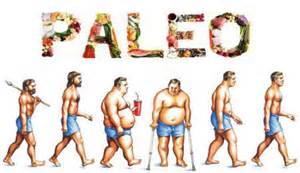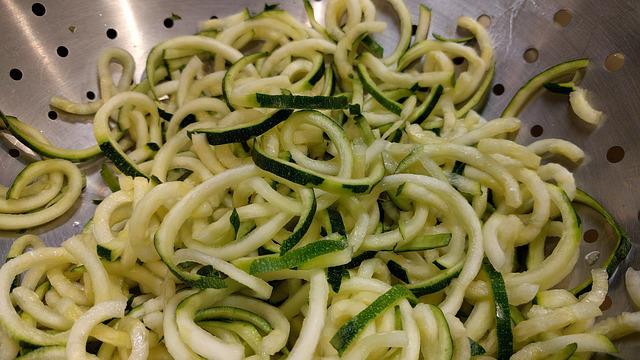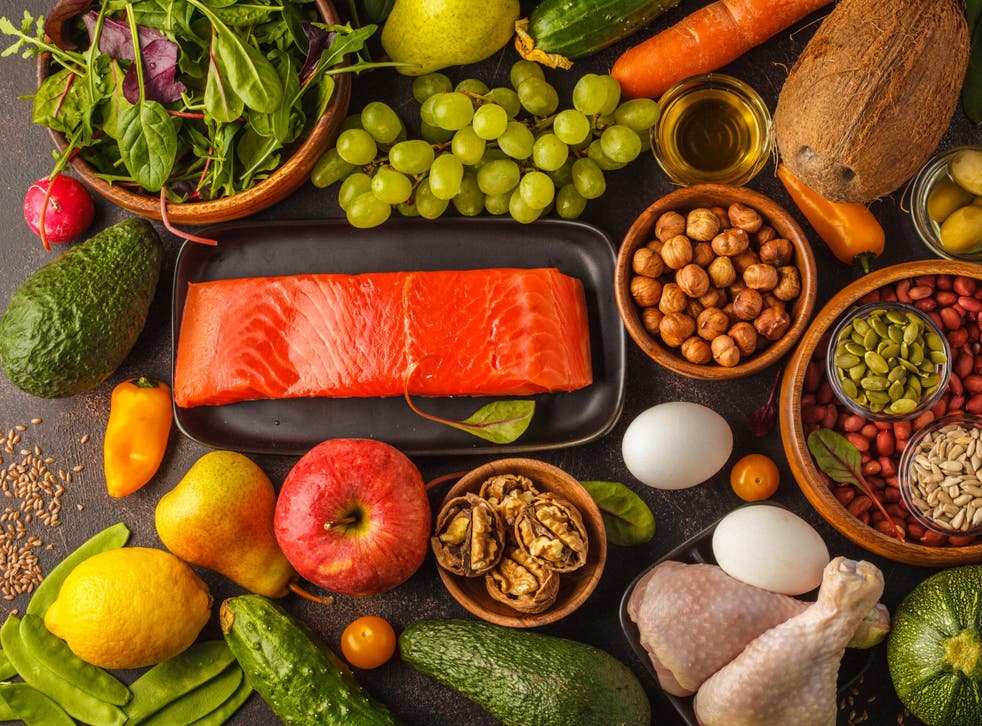
Dr. Loren Cortain, a Paleolithic advocate and scientist who is also a specialist in nutrition physiology and exercise physiology, has been widely recognized. However, there are many misconceptions about Paleolithic eating habits. Let's find out the truth behind the Paleolithic diet. These are the most common myths about this diet.
Dr. Loren Cordain
As a leading authority on human evolution, Dr. Loren Cordain is widely known. He has been on the front page at The New York Times and Wall Street Journal as well as Dateline NBC. He is also the leading expert in natural human nutrition. He is the author of more than 100 peer-reviewed scientific papers and pioneering research on the health benefits that eating foods from Stone Age ancestors can have on this subject.
Dr. Cordain is interested in the evolutionary and human factors that underlie our diets. Many of his publications are concerned with the nutritional compositions of wild animals and plants that were eaten by early human beings. He is the foremost expert on Paleolithic diets and has lectured extensively on this subject worldwide. His books on the topic are widely read and popular. Read Dr. Cordain's biography to learn more about his work.
His research

Loren Cordain's research revealed a link between diets and certain diseases in modern civilisation. Stone Age people were less likely to consume potassium and sodium, which are linked with modern diseases. In the same way, Middle East residents ate more fruits & vegetables. This may account for some of the modern diseases. But if diet is just a small part of the problem, why haven't we been eating more fruits and vegetables?
One of the most popular health movements is Paleo, which prohibits whole grains, cereals, legumes and dairy products, as well as vegetable oils. Many scientists have supported the same recommendation. Paleo diets have been shown to be more beneficial than conventional diets for improving your immunity system and overall health. While Dr. Cordain's research doesn't prove that humans were able to survive without these foods, many of us can benefit from its benefits.
His book
If you want to understand the science behind the Paleolithic diet, you need to read this book. American scientist Loren Cordain is a specialist in nutrition and exercise physiology. His book Eat to Live, which he wrote, is the first to be published by a leading Paleolithic nutritionist. Although there are many people who are skeptical of Cordain's methods, he has the backing of numerous studies.
Loren Cordain is a professor at Colorado State University and one of the world's foremost experts in nutrition and exercise physiology. He worked closely with internationally renowned scientists to create the Paleo Diet. This is the first book written by one of the founders of this fad diet. He explains in the book how the Paleo Diet has changed our lives. It's time to change your diet.
His views on nutrition

The science of diet is one of Dr. Cordain’s greatest contributions to modern medicine. He holds a PhD in health sciences from the University of Utah. Since 1982, he has been a Colorado State University professor. He is regarded as one the most respected authorities on natural human food and is featured in Dateline NBC.
Cordain offers valuable insights into the benefits of this lifestyle by taking a look at the history of paleolithic diets. First introduced to the world by Dr. Boyd Eaton, the Paleo diet has become one of the most popular dietary trends in recent years. Dr. Cordain continues to research the diet's health benefits in all ages, including children. He also offers insight on legumes and dairy and the health benefits of carbohydrates.
His critics
Criticians of Loren Cortain's Paleo Diet point to numerous examples and facts that prove this diet is unhealthy. Although lean meat has a high protein content, it lacks essential nutrients like calcium, salt and folic acid. Furthermore, it doesn't provide protection nutrients like vitamin E and omega-3 oils.
FAQ
Where can you buy high quality kitchen equipment
High-quality kitchen equipment can be purchased online. Many websites offer all types of kitchen equipment for purchase. Be sure to read customer reviews before you buy any kitchen equipment. You can ask others who have the same items for their recommendations.
How can I get hired to be a chef?
To get a job as chef, you must first complete a culinary arts degree. Next, join a professional organisation such as ACF. The ACF offers certification exams and networking opportunities.
What should a beginning cook learn first?
A beginner should start cooking something easy, like pasta, rice, or soup. A recipe book or a YouTube video can help you learn how to cook. Cooking with friends is much more enjoyable. You can cook together as a family or with friends.
Statistics
External Links
How To
How to cook a steak
The right cooking method for any type of meat depends on its thickness. For example, thinner steaks are best cooked over low heat, while thicker ones need higher temperatures.
They will lose their flavor if they are overcooked. Don't forget to take the steak out of the pan once it's finished. This will ensure that you don't burn your self.
Cooking times will vary depending on how large the steak is and what degree of doneness you desire. Here are some general guidelines.
Medium Rare: Cook the meat until it reaches medium rare (63°C). This can take anywhere from 3 to 5 minutes per side.
Medium: Cook the meat until it reaches 160°F (71°C). This usually takes only 6 minutes per side.
Good Cooking: Cook the meat until it is done. This means that the internal temperature reaches 180F (82C). This can take between 8-12 minutes per side.